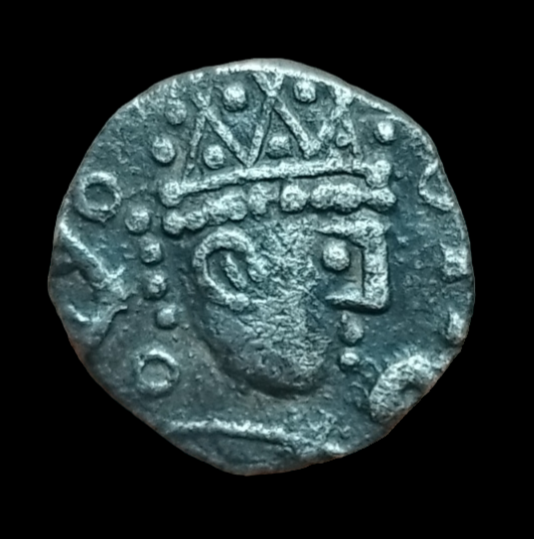These small silver coins were produced and used during the early Anglo-Saxon period, roughly from the 7th to the 8th century AD. The word ‘sceat’ is derived from an Old English term meaning ‘wealth’ or ‘money’. These coins are particularly interesting because they were among the first to be minted in England after the departure of the Romans.
Sceats often featured various designs, including animals, symbols, and sometimes even abstract patterns. They weren’t just currency; they were tiny pieces of art. The designs could be quite intricate, reflecting the craftsmanship of the period. Some sceats even bore the names of kings or moneyers, which can be helpful for historians trying to piece together the jigsaw puzzle of early medieval history.
However, precisely dating sceats can be tricky. While some can be attributed to specific reigns due to the names inscribed on them, others are more ambiguous. The designs were sometimes reused or continued by different rulers, and the coins themselves could remain in circulation for many years, passing through the hands of Saxons, Vikings, and others who found their way to England’s shores.
So, when you’re holding a Saxon sceat, you’re not just holding a piece of currency; you’re holding a piece of history that whispers stories of trade, craftsmanship, and the early days of English coinage.


